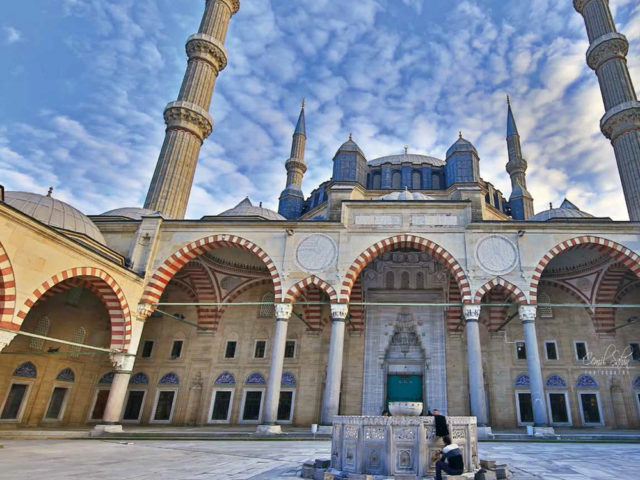In the book titled Usul-i Mi’mari-i Osmani (Ottoman Architecture), which was compiled for the Vienna Exhibition in 1872, it is mentioned that “As a general rule, the required attention and care has been taken to ensure that the parts of the building are not damaged by excessive decoration in the Ottoman Architectural order”. In fact, the authors of Usul-i Mi’mari-i Osmani draw attention to two magical phrases perched on all Turkish-Islamic works. “’Sukunet Tesiri” (Tranquillity Effect) and “Tevazu” (Modesty); others are described as “damage” in the sentence. While designing the mosques to be built by Teknom Yapı, there are invariable rules to be followed regardless of the architectural order of the building; the most important of them is the proportionality and harmony between architectural units. The great architect Sinan expresses it as “nispet” (proportionality) in his book titled Tezkiret-ül Bunyan (Book of Buildings).
Teknom Yapı demands the following criteria in the design of an Islamic place of worship from the architects from either in-house architects or those outsourced for the project. The design should be unobtrusive; the emphasis on locality should be dominant; it should have a proper mihrab (a semicircular niche in the wall of a mosque that indicates the qibla) axis to avoid line-up loss, it should be lighted up by natural light as possible; the main space, which should not have multi parts, should have a successful space setup and relationship with the surrounding; there should be a strong relationship between harim (sanctuary space) and mahfil (gathering-place), main space and minaret, minaret and balcony, ablution house and main space, women’s gathering-place and the whole construction. Likewise, one of the secrets of Teknom Yapı’s success is that it considers the conformity of the design to the earthquake zone where the building is located.

